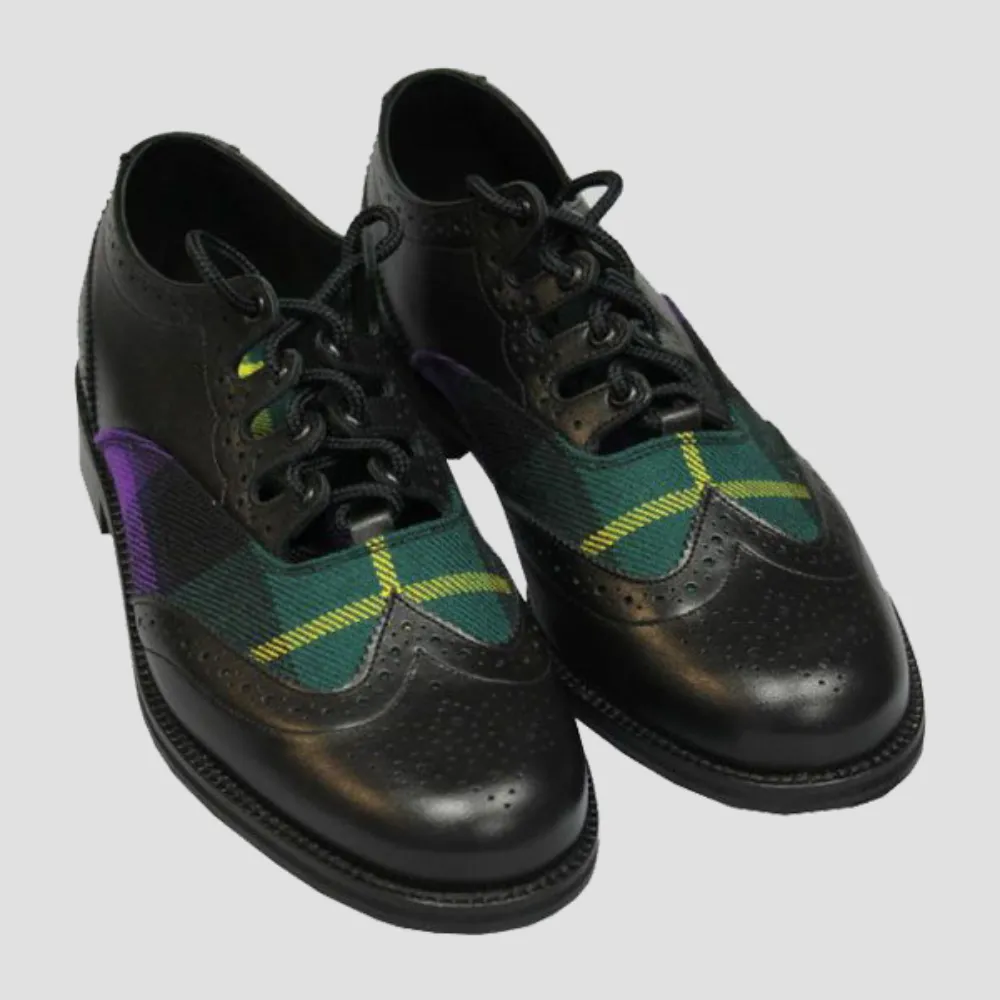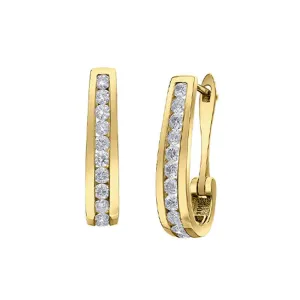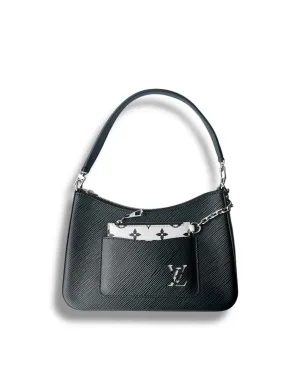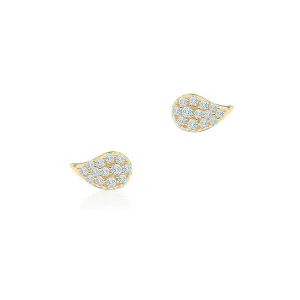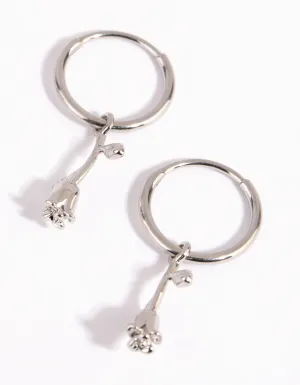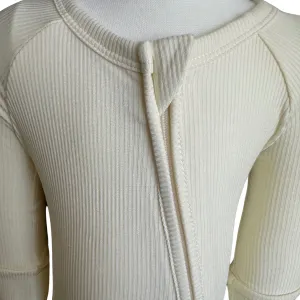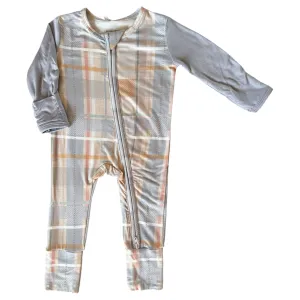The Ghillie Tartan Brogues are a special type of shoe that has deep roots in Scottish history. These shoes are often worn with traditional Scottish clothing, like kilts, and are known for their unique design. They don’t have tongues like regular shoes, which makes them different and interesting.
Long ago, in the Scottish Highlands, the land was very wet and muddy. People needed shoes that would help them walk through this rough terrain without getting too dirty or wet. That’s why the Ghillie Brogues were created. Without a tongue, water and mud could easily fall out of the shoes, keeping the feet dry and comfortable.
The word "Ghillie" comes from the Gaelic language, which is spoken in Scotland. A "Ghillie" was someone who helped with hunting or fishing in the Highlands. They needed strong and durable shoes, which led to the name "Ghillie Brogues." These shoes were designed for outdoor work, but over time, they became part of the traditional dress for special occasions like weddings and Highland games.
Another unique feature of Ghillie Brogues is their laces. The laces are long and usually tied around the ankles. This style comes from the practical need to keep the shoes tightly on the feet while walking through rough terrain. Today, this lacing style is still used, but more for fashion than necessity.
Ghillie Tartan Brogues are often made from high-quality leather and sometimes include tartan patterns. Tartan is a type of plaid that is very important in Scottish culture. Each family, or "clan," in Scotland has its own tartan pattern. Wearing Ghillie Brogues with a tartan pattern helps people show pride in their Scottish heritage.
Today, Ghillie Tartan Brogues are worn at special events like weddings, ceilidhs (Scottish dances), and ceremonies. They are a symbol of Scottish tradition and history. Even though they were originally made for tough outdoor work, they are now seen as stylish and elegant shoes that connect people to their Scottish roots.
In summary, Ghillie Tartan Brogues are more than just shoes. They are a piece of Scottish history and culture. Their design, without a tongue and with long laces, reflects their practical origins. Today, they are an important part of traditional Scottish clothing, helping people celebrate their heritage in style.

